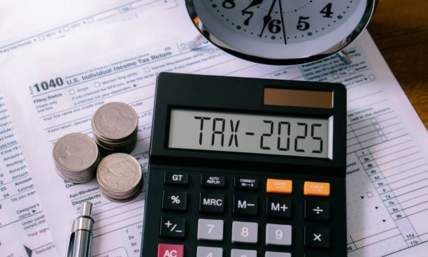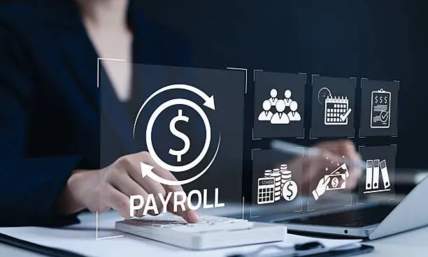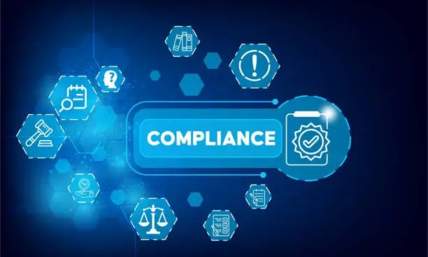What is a Sample Balance Sheet?
Balance sheets are financial statements that show the liabilities, assets, and equity of a corporation at a certain point in time. Balance sheets allow the calculations of investor returns and assessing a company's financial structure.
Different parties may be in charge of preparing the balance sheet depending on the company. For a small privately held business, the balance sheet may be prepared by the owner or a company bookkeeper. Balance sheets in this kind of situation can also be done internally by a mid-size private firm and then reviewed by an external accountant.
However, public firms must have their bookkeeping done by public accountants to maintain a far higher standard of accounting.
Now that you are more aware of what a balance sheet is, we can start to go into more detail as to how it is laid out and what you can learn from it.

Why Balance Sheets Are Important
For a variety of reasons, the balance sheet is a critical financial statement. It can be examined separately or in conjunction with other financial statements such as the income statement and cash flow statement to obtain a complete picture of a company's health.
The user can see the company's assets and liabilities at a glance using balance sheets. Users can use the balance sheet to determine whether a firm has a positive net worth, whether it has adequate cash and short-term assets to pay its obligations, and whether it is heavily indebted in comparison to its rivals.
Limitations of Balance Sheets
Despite the fact that the balance sheet is a vital piece of information for investors and analysts, it does have some disadvantages. It can only use the difference between this point and another single point in time in the past as it is merely a snapshot in time.
Due to it being static, many financial ratios employ data from the balance sheet as well as the income statement and statement of cash flows to provide a more complete view of a company's operations.
Different accounting systems and methods for dealing with depreciation and inventories will alter the balance sheet figures. As a result, managers have the opportunity to manipulate the figures to make them appear more favorable.
Also read: 11 Best Personal Finance Books
Balance Sheet Equation
The assets of a company are equal to its liabilities plus its shareholders' equity when considering the accounting equation. The reporting requirements of different industries, and hence different companies, may differ slightly.
Balance sheets, on the other hand, frequently use the same line items. Analysts and investors can see how the business is doing financially by looking behind the surface of these numbers and comparing one company to another.
Also read: 12 Best Finance Podcasts For Your Savings
Assets
Assets are used for a company to operate, while its liabilities and equity are the two sources of funding for these assets. In a publicly listed corporation, owners' equity, also known as shareholders' equity, is the money invested initially in the company as well as any retained earnings, and it serves as a source of finance for the company.

Liabilities
Liabilities are divided into two categories which is short-term and long-term and comprise debts and responsibilities owed to third parties. The company's liabilities, coupled with its equity, are what it owes.
Equity
The shareholder's or owner's position in the company is represented by equity, the final component of the balance sheet.
The Structure of a Balance Sheet
Organizations and industries will have slight discrepancies in their balance sheets, as with all financial statements.
Also read: How To Prepare Your Accounts For New Hires
Current Assets
Short-term assets are also known as current assets. These are usually liquid or are expected to be realized within a year. In the balance sheet footnotes, companies will typically disclose what equivalents they include.
Non-Current Assets
Non-current assets are assets that can't be quickly converted to cash, aren't projected to be converted into cash within a year, and/or have a longer life expectancy than a year. Machines, computers, buildings, and land are examples of tangible assets.
Intangible assets, including goodwill, patents, and copyright, can also be considered non-current assets. While these assets are not tangible, they are frequently the resources that can make or destroy a business—the importance of a brand name should not be overlooked.
Current Liabilities
Liability is money owed to a third party by a corporation, ranging from bills owed to suppliers to interest on bonds given to creditors to utilities, rent, and salary.
Current liabilities have a one-year due date and are listed in chronological order. Long-term obligations, on the other hand, are payable after one year at any time.
Also read: What Are Assets, Liability, and Equity?
Non-Current Liabilities
Any long-term liabilities are classified as non-current liabilities. Any interest and principal on bonds issued are included in long-term debt. Some liabilities are classified as off-balance-sheet, which means they are not recorded on the balance sheet.
Shareholders’ Equity
The money owed to a company's owners or shareholders is referred to as shareholder equity. It's also known as net assets since it's equal to a company's total assets less its liabilities, or debt owed to non-shareholders.
The amount invested in the preferred or common stock accounts, which are based on par value rather than the market price, is referred to as additional paid-in capital or capital surplus.
The market capitalization of a corporation has nothing to do with shareholder equity. The latter is based on a stock's current price, whereas paid-in capital is the total amount of equity purchased at any price.
Also read: Find Retained Earnings

Final Thoughts
To conclude, a balance sheet is an extremely important part of a company (as well as pay stubs). It allows everything to be laid out in black and white so that investors are able to see the success of the company and how it might change in the future.
There is a lot of important information on a balance sheet and depending on the type of company you are part of, the way in which it is filled out can vary. You can outsource it to accountants or even do it yourself once you know how.















